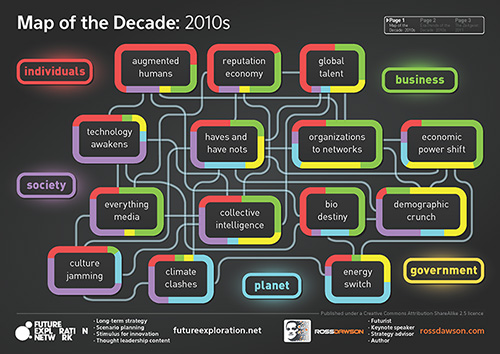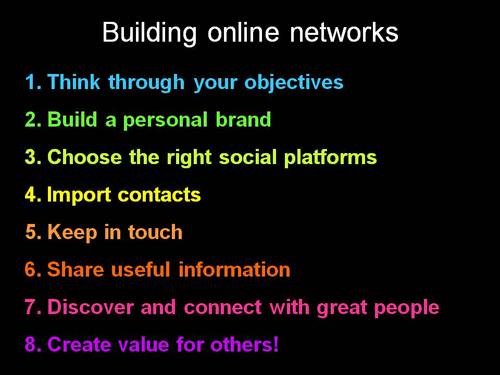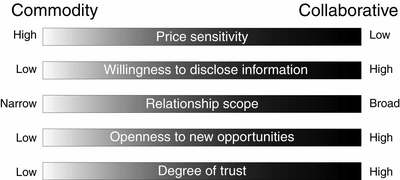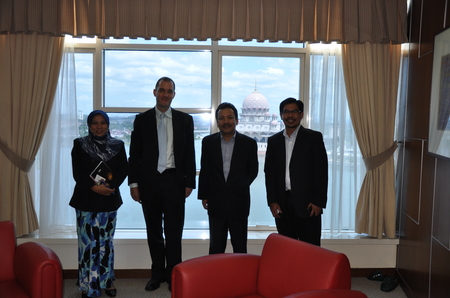When I wrote earlier Will our reputation systems be distributed? Probably not for a long time, a number of people noted that reputation systems will be gamed.
Absolutely. The more valuable a system is, the more people will try to game it. If reputation systems influence who people buy from, who they date, who they read, then massive efforts will be made to game the systems.
However the value of a reliable reputation system is such that it is worth doing anything possible to counter-act the gamers, and it is possible. The energy and money devoted to trying to game Google is extraordinary, yet these efforts have limited success.
In the last chapter of my book Living Networks I made a number of predictions for the future of the living networks, including that Information filtering will be an evolutionary battlefield.
While reputation is a slightly different space from information filtering, both are absolutely evolutionary battlefields where each party’s tactics will evolve in response to the others’, all the while creating valuable outcomes for users. Here is the excerpt from Living Networks.
Information filtering will be an evolutionary battlefield
Bats’ use of echolocation to find their prey is one of the marvels of nature. Bats produce high-frequency sounds, and by picking up and distinguishing the immensely quieter echoes off insects in the air, can instantaneously calculate the location of their next meal. The evolution of this extraordinary capability has led to moths evolving in response. The soft outside of their wings and bodies absorbs the bats’ ultrasound. Moths engage in evasive flying stunts when they hear bats squeaking. Some moths have even evolved the ability to produce ultrasound as well, possibly to startle and throw off bats. In turn, bats have developed complex flying behaviors to confuse moths, and occasionally turn off their echolocation to stop the moths jamming their signals.
Read more →




